
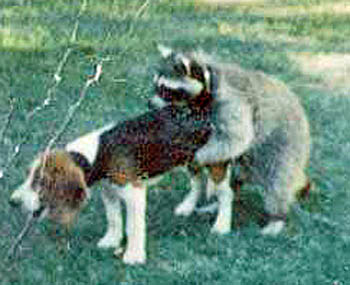
.. for some reason, an Oracle consulting firm is housing all these images. Thanks.

ANIMALS, PEOPLE AND THOSE IN BETWEEN


.. for some reason, an Oracle consulting firm is housing all these images. Thanks.
Farne Island is home to the Lindisfarne Priory ruins, whose monks in the 7th century created the Gospels, an unusual and exquisite Celtic Christian illuminated manuscript. Birds are rife in the manuscript as well as a cat on the front page, quite unusual in the iconography, according to Aly Wolff-Mills, a student at ITP who did a project expanding the cat into a full-fledged heretic deity.
Here’s some contextualizing drama:

Here is an account of the life of St. Cuthbert as told by The Venerable Bede. Cuthbert is a 6th century proto St. Francis figure, famed in his time as a miracle worker. Cuthbert was born in Northumberland circa 634. .. at various times in his life, Cuthbert was a monk, a hermit, and – briefly – a bishop. He lived in the Lindisfarne Abbey, and died there in 687.
(“The Venerable Bede” was born in 673, in Northumberland, considered a prominent intellect and one of the most prolific writers in this early Christian era).
The Farne Islands are an important locus for sea bird populations (including Pale-bellied Brent Goose, Wigeon, Teal, Pintail, Merlin, Dunlin, Bar-tailed Godwit). While resident there, St Cuthbert instituted special laws to protect the eider ducks and other seabirds nesting there, creating what may have been the first bird protection laws anywhere in the world. Consequently, eider ducks have long been known as ‘cuddy ducks’ (Cuthbert’s ducks) in the Pitmatic dialect as spoken in Northumberland.

“Many times birds and animals obeyed him. Once, fasting on a Friday till the late afternoon, as he was wont, a horse found him half a loaf of bread in the thatch of a house. He gave half of the bread to the horse and took the rest for himself. Another time, after he had prayed all night long in the sea, two sea-otters came to warm his feet and dry him with their fur; they received his blessing. Again, after fasting, a large fish was brought to him by an eagle. The fish was cut in two, half for the eagle, half for a family and himself. ‘Learn to have constant faith and hope in the Lord. He who serves God shall never die of hunger’, said Cuthbert. Another time, when he ordered birds who had come to eat barley he had sown to depart, they obeyed him. Ravens were reproved by him and then later brought him lard as a sign of their repentance. ‘What care should men not take to learn obedience and humility’, he said, ‘when even birds hasten to wash away their faults’.”
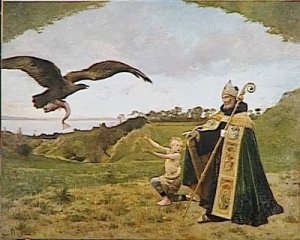
Also at the National Science Library, this book of Conrad Gesner’s beautiful 16th century animal woodcuts, real and imagined (so much was hearsay anyway).
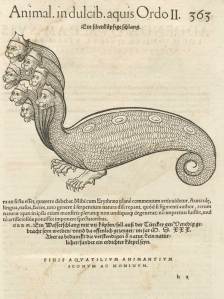
There’s a magnifabulous online book of the 1585 edition of Oeuvresby Ambroise Paré, 16th century surgeon, considered the first humane surgeon to come out of the barber-surgeon tradition. He was also very interested in ‘monstrous’ forms.
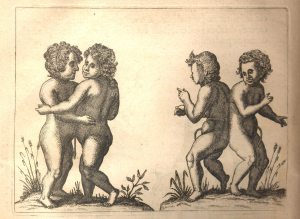
The book’s at the National Library of Medicine
Fritz Haeg’s Animal Estates “produces events and exhibitions to consider the animals that we share our cities with, and creates dwellings for animals that have been unwelcome or displaced by humans. As animal habitats dwindle daily, Animal Estates proposes the reintroduction of animals back into our cities, strip malls, garages, office parks, freeways, front yards, parking lots, skyscrapers, and neighborhoods…
Dwelling designs for a variety of animals will be tested throughout the world. In cities and suburbs, from public streets to private yards, prototype Animal Estates will be established in a variety of environments. At times they will be hidden from view and at others quite visible to the public. Each will be designed to attract and welcome a particular animal back into an environment that has been dominated by humans. The design for each estate will be developed with a local specialist on that particular animal. These animals may at times be helpful and welcome residents, but others may require some getting used to.”
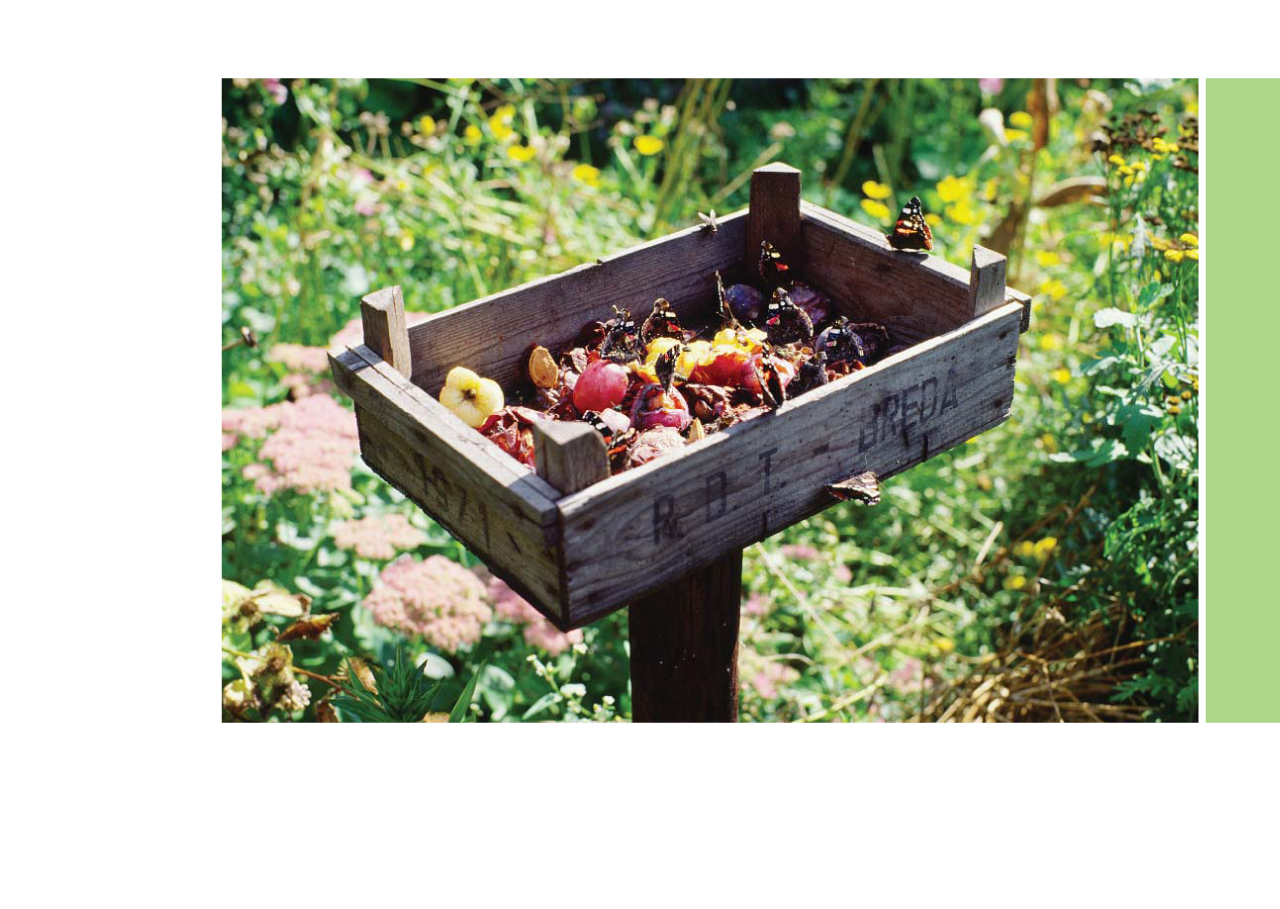
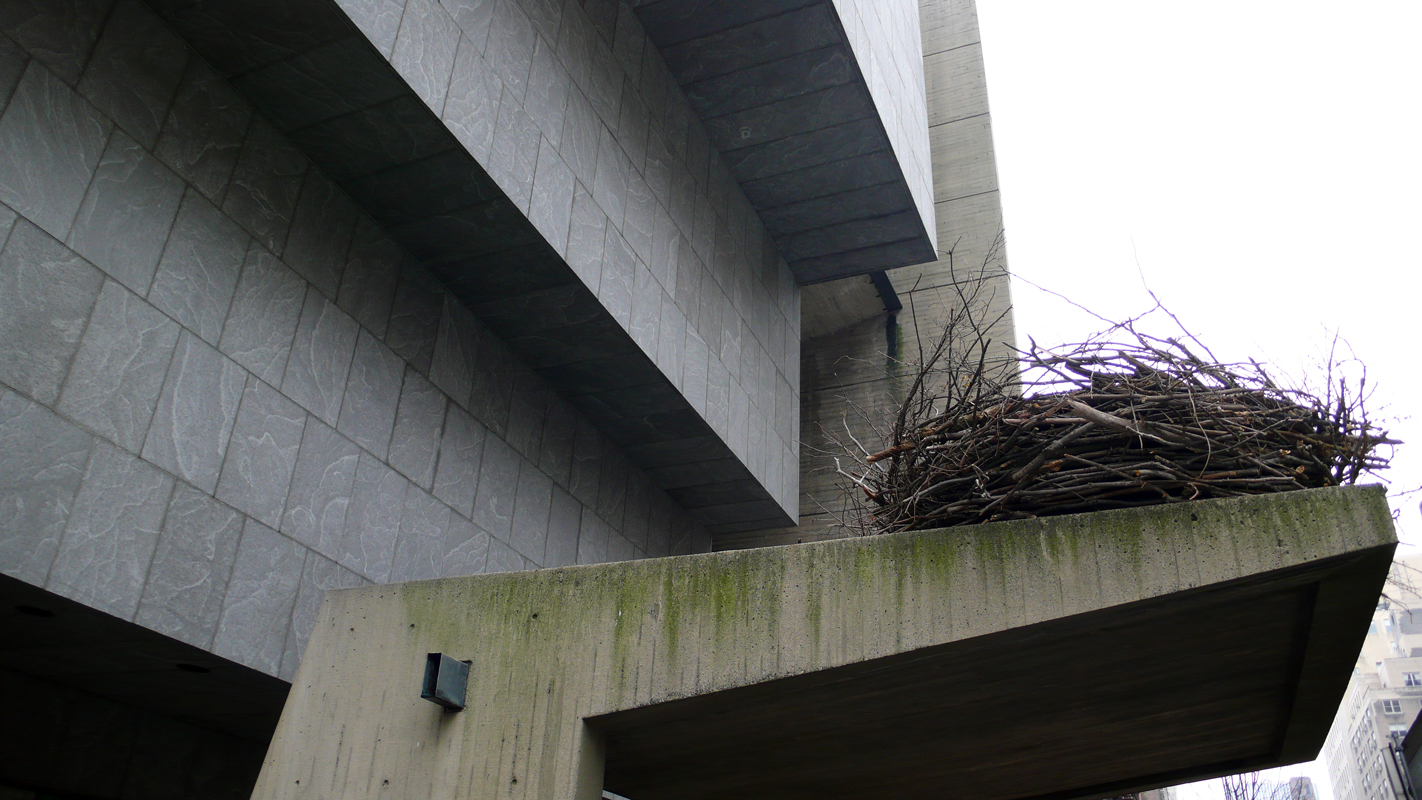
This is another great project from the same artist, Edible Estates, encouraging people to tear up their water guzzling grass lawns and replacing them with vegetable gardens. I got really excited when I saw the iteration in Lakewood, CA (a west coast Levittown) transformed into food.
